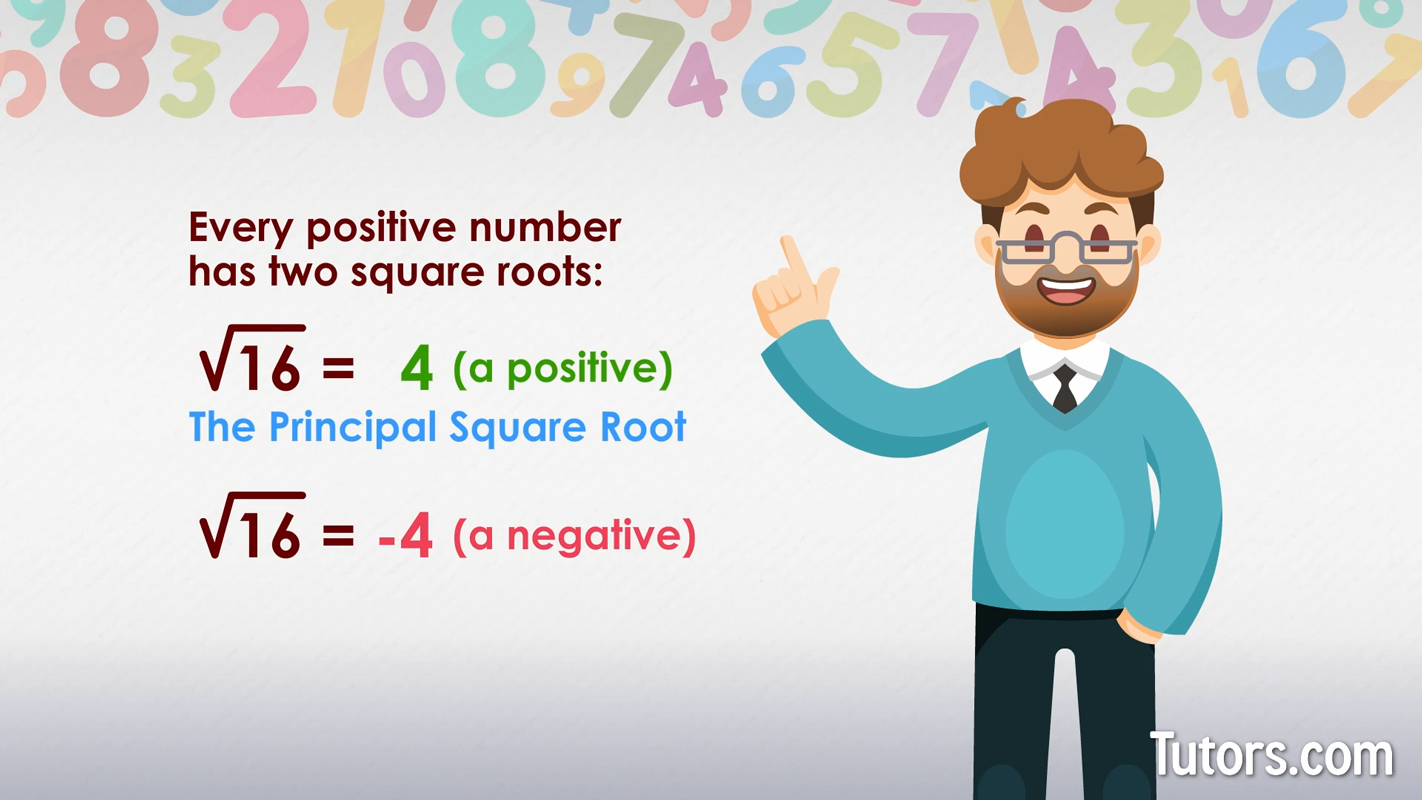Square Root Of 169 — How To Find
What is the square root of 169?
The square root of 169 is 13 – this is technically the principal square root of 169.
How to find the square root of 169
When we approach the problem like this, we are finding the square root (sqrt) of the original number. The square root of x is a number, n, that satisfies this equation:

Every positive number has two square roots, a positive and a negative.
The positive square root is called the principal square root, and it is generally understood to be the one we are interested in finding.

In this case, we want the positive square root of 169169.
Finding the square root of 169 by factoring
To solve , we can factor the number under the radical sign. Prime factorization of the first several prime numbers will help us see which ones might be factors of the target number.
| Prime Number (n) | 169 ÷ n | Does It Factor? |
|---|---|---|
| 2 | 84.5 | No |
| 3 | 56.33 | No |
| 5 | 33.8 | No |
| 7 | 24.14286 | No |
| 11 | 15.36 | No |
| 13 | 13 | Yes |
| 17 | 9.941 | No |

Rewrite the original problem, substituting our found factor for the original number:
We cannot leave the exponent under the radical. To remove exponents from under radical signs, divide even exponents by 2, then move the base (in this case, 13) and its resulting exponent outside the radical sign.
Divide the exponent 2 by 2:
Move outside the radical sign and leave 1 under the radical sign (since cannot be equal to nothing):
The new result looks complicated, but if you simplify the parts, you find it is not:
This yields 13 * 1, which is 13. The principal square root of 169 is 13.
The square root of 169 is a rational number because it is a perfect square -- the answer has no decimals.
How do you find the square root of 169 by estimating?
Another way to find the square root of 169 is to estimate using known squares.
You probably instantly recall is 144. Is 169 more or less than 144? It is more, so you need a bigger number.
Let's try 15. We calculate , which is too big.
We have now learned that the square root of 169 is somewhere between 12 and 15. Try the two remaining whole numbers.
Getting closer!
The square root of 169 is 13.

You can verify that you have the correct square root of a number by multiplying the number times itself to see if it equals the target number:
Square root of 169 by division method
Long division is another way to find a square root of 169 with a calculator.
Work from right to left and split the real number 169 into two pairs of two-digit numbers.
Now, you work on each pair separately. What is the largest perfect square less than or equal to 1? The answer is 1. And the square root of 1 is also 1.
So, we put one on top and the bottom like this:
Now, subtract 1 from one and bring the remaining 69 down with your answer:
The next step is to double the number at the very top, which is 1. So, 1 × 2 = 2.
Then, you use the number 2 and the remaining number at the bottom (69) to create this math problem:
Try and find which number fits to complete the equation. The largest number that works is 3. This means we have:
Now, you can add 3 to the top of your long division problem and 69 at the bottom; 69 minus 69 is 0, so you are done. The top is your square root of 169.
The answer is 13.